Question
Which of the following statements is/are not true
regarding I? Study the following information carefully and answer the questions below: There are nine persons i.e. E, F, G, H, I, J, K, L and M are sitting in a triangular table such that three of them are sitting at the corner of the table and they are facing outside the table and two persons are sitting on each side of the table and they are facing inside the table. K and G are immediate neighbours of each other on the same side of the table. H sits third to the left of K. J sits two places away from H. E sits to the immediate right of J. Only one person sits between G and F who is not an immediate neighbour of K. L sits fourth to the right of I who is not an immediate neighbour of H.Solution
K and G are immediate neighbours of each other on the same side of the table. As per this statement, there are two possible cases and the arrangement will look like this: Case-1 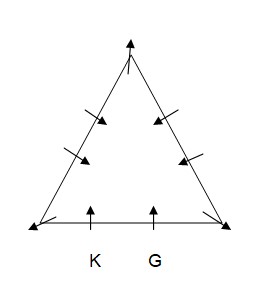 Case-2
Case-2 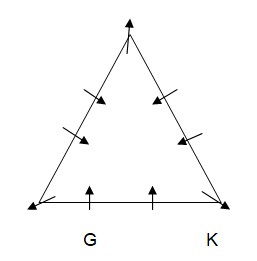 H sits third to the left of K. As per this statement, the arrangement will look like this: Case-1
H sits third to the left of K. As per this statement, the arrangement will look like this: Case-1 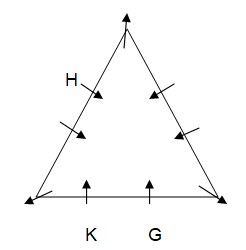 Case-2
Case-2 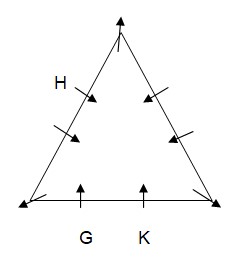 J sits two places away from H. As per this statement, CASE I will further get spilt into one more case and the arrangement will look like this: Case-1
J sits two places away from H. As per this statement, CASE I will further get spilt into one more case and the arrangement will look like this: Case-1 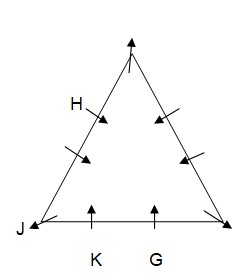 Case-1A
Case-1A 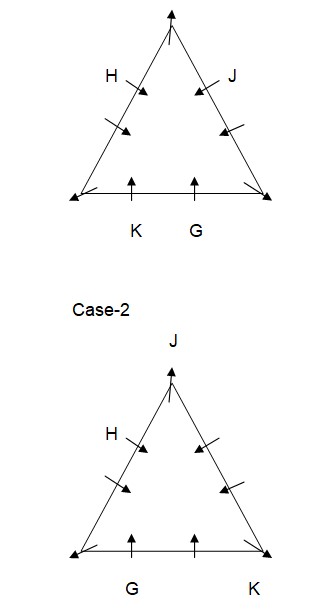 E sits to the immediate right of J. As per this statement, the arrangement will look like this:
E sits to the immediate right of J. As per this statement, the arrangement will look like this: 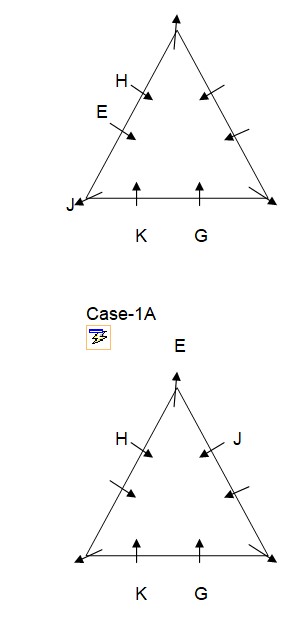 Case-2
Case-2 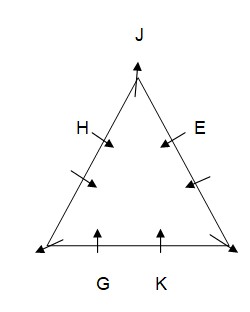 Only one person sits between G and F who is not an immediate neighbour of K. As per this statement, CASE II will get eliminated and we will continue with CASE I and CASE I (A) and the arrangement will look like this: Case-1
Only one person sits between G and F who is not an immediate neighbour of K. As per this statement, CASE II will get eliminated and we will continue with CASE I and CASE I (A) and the arrangement will look like this: Case-1 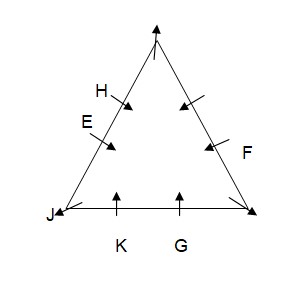 Case-1A
Case-1A 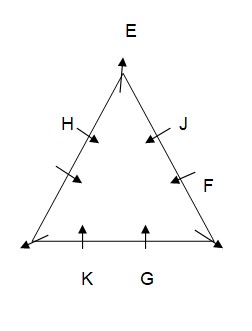 L sits fourth to the right of I who is not an immediate neighbor of H. As per this statement, CASE I will get eliminated and we will continue with CASE I (A) and the final arrangement will look like this: Case-1A
L sits fourth to the right of I who is not an immediate neighbor of H. As per this statement, CASE I will get eliminated and we will continue with CASE I (A) and the final arrangement will look like this: Case-1A 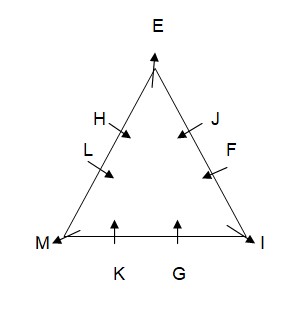
If base of a prism is square of side 8 cm & height is 20 cm . What is the volume of prism?
If 2156 is added in a number then number become 344(4/9)% of itself. Find the original number?
The volume of a cube is 216 cm³. If the cost of painting the cube is Rs. 12 per cm², then find the cost of painting five faces of the cube.
A rectangular water tank is 80 m x × 40 m. Water flows into it through a pipe of 40 sq.cm at the opening at a speed of 10 km/hr. The water level will ...
A cuboid has length 10 cm, breadth 8 cm and height 6 cm. What is its volume?
The diameter of the base of a cylindrical drum is 70 cm and its height is 15 cm. The drum is full of water and the water from the drum is transferred to...
A cube of 25 cm side is divided into 125 smaller cubes of equal volume. Find the side of smaller cubes:
The cost of fencing a rectangular field at the rate of Rs. 4/metre is Rs. 360. If the length of the field is 13 metres more than its breadth, then find ...
The area of a rhombus is 168 cm2. The length of one of its diagonals is 28 cm. The length of the other diagonal is:
Curved surface area of cylinder is 646.8 cm2. If ratio of radius to height of the cylinder is 10:4 respectively, then find the base area of t...
Relevant for Exams:


